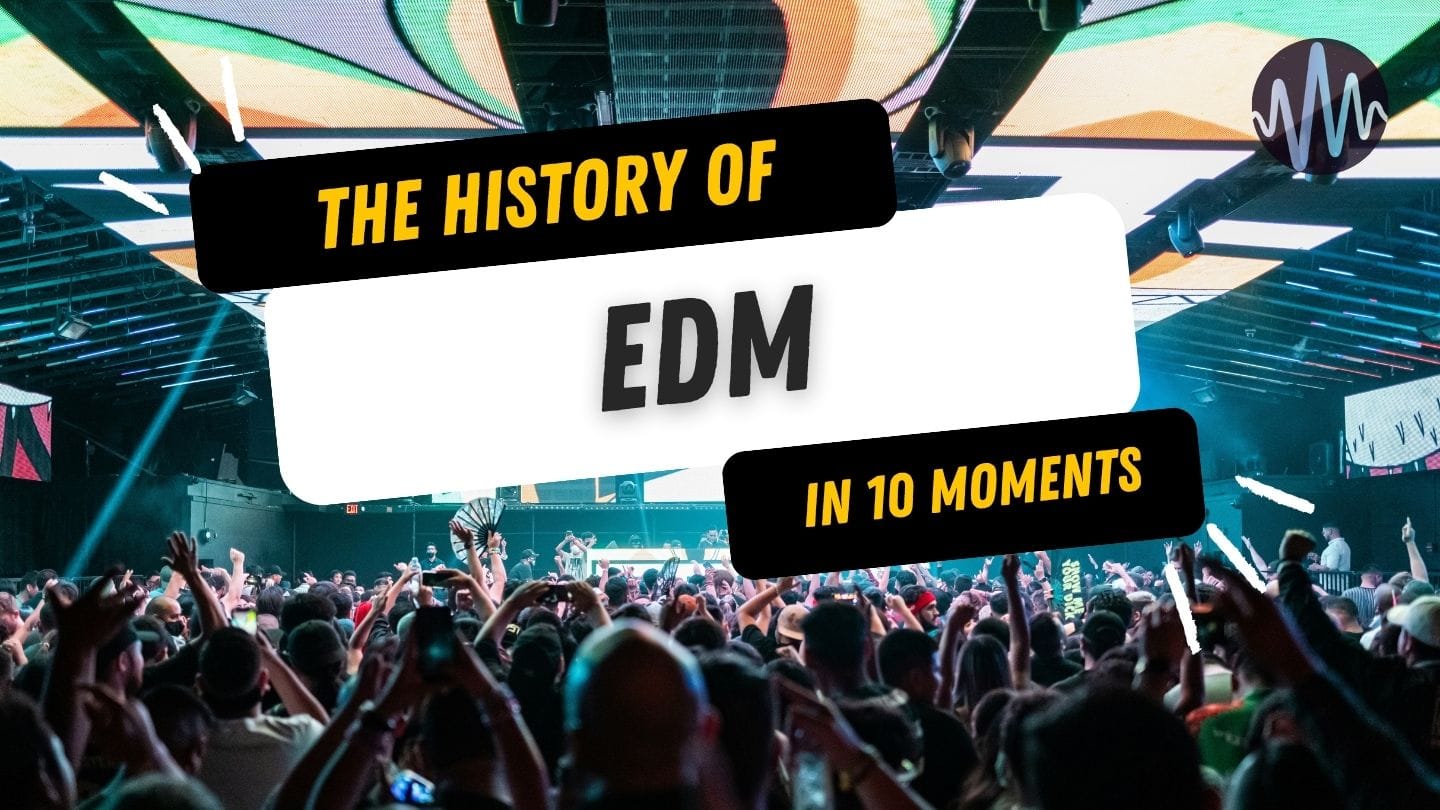
Electronic dance music conquered the world in half a century.
Despite its relatively short history, it's become the dominant force in global music culture, spawning thousands of subgenres and infiltrating everything from heavy metal to film scoring.
It's a story of cultural evolution, technological breakthroughs, and relentless innovators who refused to accept that music had to stay within established boundaries.
Here's a journey through ten moments that rewrote the rules of what music could be.
1. The Electronic Music Origin Story Debate (1968-1974)
There's no single moment when electronic music was "born," but two albums proved it could reach mainstream audiences: Wendy Carlos's "Switched-On Bach" (1968) and Kraftwerk's "Autobahn" (1974).
Carlos's 1968 album performed Bach entirely on a Moog synthesizer, reaching number 10 on the Billboard 200 and selling over a million copies – proving electronic instruments could create music people wanted to hear. It was radical at the time.
Bach on a Moog - radical at the time
But Kraftwerk's "Autobahn" changed everything about how electronic music could sound – and is typically indicated as the first true electronic music album. The 22-minute track about driving on German highways became an international hit, introducing the world to a totally new sonic landscape that drew people in, confused others, and repelled some.
Just check out those reactions play out in real-time in the video below.
Mixed reactions to some of the first techno ever blessed upon an audience
Together, Carlos and Kraftwerk opened the floodgates for everything that followed – from film soundtracks to hip-hop, techno, and house music.
2. Afrika Bambaataa's "Planet Rock" (1982): The Hip-Hop/Electronic Fusion
Afrika Bambaataa had worked as a disc jockey in the mid-1970s, working block parties in the southeast Bronx, discovering music by Kraftwerk, Yellow Magic Orchestra, and Gary Numan.
Electronic instrumentation was becoming much more common at the time.
Bambaataa met producer Arthur Baker, and the two bonded over creating a song about their mutual appreciation for Kraftwerk, especially their sixth studio album “Trans-Europe Express.”
The recording came together at Intergalactic Studios in New York, with Baker and Bambaataa working alongside musician John Robie, who duplicated the sound and had Bambaataa's rappers in the Soul Sonic Force rap over it.
The result was something unprecedented: "Planet Rock" pioneered Hip-Hop and electronic music by featuring the first-ever use of Roland 808 beats in Hip-Hop, inspiring future musicians from the Beastie Boys to Kanye West.
Electronic music and hip-hop collide
The use of Kraftwerk's music was done without permission. The band pursued the label, and Tommy Boy's manager eventually agreed to pay Kraftwerk one dollar for every record sold.
That dollar-per-copy deal helped establish the template for how electronic music sampling would work for decades to come.
3. Chicago House Music and the Warehouse (1977-1982): Where the Beat Became Religion
In the late 1970s, producer Frankie Knuckles moved from New York City to Chicago, where his old friend Robert Williams was opening the Warehouse nightclub. When the club opened in 1977, Knuckles became the resident DJ, drawing crowds of up to 2,000 people primarily from the black and gay demographic.
The Warehouse drew in around five hundred patrons from midnight Saturday to midday Sunday, patronized primarily by gay black and Latino men who came to dance to disco music.
Admission was five dollars, and the club offered free juice and water to dancers.
But it was what happened on the middle floor that changed the game: DJ Knuckles began to experiment with editing disco breaks on a reel-to-tape recorder. This would soon become the beginnings of house music.
House music's name itself originated from the Warehouse, with record bins labeled "As Heard at the Warehouse" shortened to "House." Initially, "house" referred to an attitude and feeling associated with cool, underground music before it became a genre.
Around 1983, Knuckles bought his first drum machine from Derrick May, and the combination of bare drum machine pulses with an overlay of disco classics defined early Chicago house.
A nice Mixmag doc on house's origins
The four-on-the-floor kick pattern, soulful vocals, and repetitive basslines created something that felt both familiar to disco fans, but also revolutionary – not to mention irresistible to dance to.
4. The Belleville Three Invent Detroit Techno (1981-1987): Machines with Soul
Juan Atkins, Derrick May, and Kevin Saunderson were among the few black students at Belleville High School, about 30 miles from Detroit.
The three bonded while listening to an eclectic mix of music, including Kraftwerk, Parliament, Prince, and the B-52s, influenced by a 5-hour late-night radio show called The Midnight Funk Association.
Derrick May once described Detroit techno as being "a complete mistake... like George Clinton and Kraftwerk caught in an elevator, with only a sequencer to keep them company."
But this "mistake" became the foundation for an entire genre. While attending Washtenaw Community College, Atkins met Rick Davis and formed Cybotron. Their first single, "Alleys of Your Mind", sold 15,000 copies in 1981.
The acid sound has landed
After Cybotron split, Atkins began recording as Model 500 on his own label, Metroplex, in 1985. His landmark single "No UFOs" soon arrived, with Eddie Fowlkes, Derrick May, and Kevin Saunderson also recording on Metroplex.
Detroit techno took house music and stripped away the soul samples, replacing them with cold, futuristic soundscapes that reflected the city's post-industrial reality.
Where house music celebrated community, techno explored isolation. Where house looked backward to disco's golden age, techno looked forward to a cybernetic future that was both thrilling and terrifying.
5. Acid House and the "Second Summer of Love" (1988-1989): The UK Embraces the Machine
The late 1980s saw electronic music cross the Atlantic in a big way. British DJs and producers discovered Chicago house and Detroit techno, but they didn't merely import them: they reinvented them. At the time, recreational substances and electronic music were starting to become inseparable.
The Roland TB-303 bass synthesizer, originally designed to accompany guitarists, found new life in acid house, and would eventually become one of the most iconic electronic instruments ever created.
Acid house wasn't just a sound though – it was a chemical reaction. The 303's distinctive squelch tickled the brain on intoxicated dancefloors. Tracks like Phuture's "Acid Tracks" and DJ Pierre's experiments with the 303 created a new vocabulary for electronic music.
Enter the 303
The underground rave scene exploded, with massive warehouse parties and outdoor gatherings that brought together working-class youth in a way that punk had a decade earlier.
The authorities didn't know what to make of it, and the moral panic that followed only fueled the movement's growth. Enter the 90s!
6. The Birth of Rave Culture (1988-1992): Dancing at the Edge of Society
The birth of the rave. Accessible drug culture, affordable electronic instruments, and a generation hungry for something beyond the mainstream collide.
By the turn of the 1990s, thousands of big-pupilled punters would gather at (often illegal) gatherings, eventually labeled as "Raves." Electronic music and partying became intimately linked and never again separated.
"I'm still recovering from that night 30 years later" says one commenter
Think back to those earlier Kraftwerk gigs and the Chicago/Detroit house and techno scenes. You can catch a glimpse into electronic music’s future – where people drag up everything stressful and negative about their week and purge it on the dance floor.
Transcending the party itself, raves were cultural statements. Ravers developed their own fashion, their own language, and their own philosophy centered around unity and acceptance. The four-on-the-floor beat became the soundtrack to a movement that championed diversity and inclusion decades before those concepts entered mainstream discourse.
And then came the subgenres. Hardcore emerged from speeding up house and techno and fattening up the kicks, adding distortion and breaks, pushing tempos as ravers pushed limits.
Breakbeat surfaced the now-iconic Amen break and chopped it into stuttering rhythms.
One loop to rule them all
What started as one scene quickly fractured into dozens of micro-scenes, each with its own BPM and tribal identity. Production followed suit as DJs and producers became professional artists and idols.
Computer production unleashed upon the ear a sonic palette never before perceived in the history of the universe.
7. From Jungle to Drum and Bass (1991-1995): The Breakbeat Revolution
By the early 1990s, rave culture had splintered into countless subgenres, perhaps but none were as radical as what emerged from the breakbeat hardcore scene.
Jungle first appeared in London's underground scene, characterized by chopped-up breakbeats, ragga vocals, and heavy sub-bass. Producers like Shy FX and UK Apache brought Caribbean influences that reflected multiculturalism.
Bad boys inna London, rude boys inna England
Drum and bass quickly followed, with its extreme speed and syncopated rhythms distinctly slipping away from the more melodic subgenres of house and trance.
Artists like Goldie, LTJ Bukem, and Roni Size took the classic "Amen Break" and chopped it into impossible patterns, accelerating the tempo while slowing down the basslines.
With computer production – VSTs and the birth of the Digital Audio Workstation (DAW), producers like Photek and Omni Trio created intelligent soundscapes that pushed electronic music’s technical boundaries.
Way ahead of its time
Where house and techno were built on steady kick patterns, drum and bass was built on chaos – breakbeats that seemed to tumble over themselves while sub-bass frequencies shook the foundations of whatever warehouse was hosting the party – usually a dodgy one in East or South London.
8. Trance Takes Flight (1992-2002): The Hands-in-the-Air Phenomenon
While drum and bass was fracturing breakbeats, another movement was taking house music in a completely different direction.
Trance emerged in Germany and the Netherlands, taking house music's repetitive structures and extending them into epic, hands-in-the-air journeys that could last fifteen minutes or more.
Meanwhile, French dance music from groups like Stardust with "Music Sounds Better With You" laid the groundwork for the modern disco house style, with Daft Punk leading the charge.
French house brings lyrics and beats together
Producers like Paul van Dyk, Armin van Buuren, and eventually Tiësto created tracks that built tension over extended periods, using filters, delays, and crescendos to create emotion.
The breakdown – that moment when everything drops out except a melody – became trance's signature move.
Trance held the banner for Europe
But it was the European classics that really defined the era. Robert Miles (Italian) pioneered the "dream house" with "Children" (1995), which sold over 5 million copies worldwide.
ATB (German) topped the UK charts with "9PM (Till I Come)" in 1999, while tracks like Energy 52's (German) "Café del Mar," Faithless's (British) "Insomnia," and Binary Finary's (British) "1998" became anthems that still pack dancefloors today.
The European scene was pumping out classics faster than ravers could keep up.
Sash! (German) with "Encore Une Fois," Alice Deejay (Dutch) with "Better Off Alone," Darude (Finnish) with "Sandstorm," Rank 1 (Dutch) with "Airwave" (later voted the best trance track of all time), and Fragma (German) with "Toca's Miracle."
Europe's obsession with euphoric EDM takes flight
Electronic music somewhat forked off into darker and lighter subsets. Happy hardcore, trance, and uptempo house took over mainstream high-street clubs, while techno, DnB, and hardcore – now becoming even darker and harder with the advent of neurofunk, hardtek, and numerous forms of industrial techno – stuck to the underground.
9. Ultra Music Festival Launches (1999): The Birth of EDM Festival Culture
Ultra Music Festival was inaugurated in 1999 by Russell Faibisch and Alex Omes, named after the 1997 Depeche Mode album.
The first festival was held as a one-day event on March 13, 1999, featuring artists such as Paul van Dyk, Rabbit in the Moon, Josh Wink, and DJ Baby Anne.
Ultra On The Beach (1999)
The first Ultra Beach Music Festival at Collins Park in Miami Beach drew an estimated ten thousand concertgoers. When Ultra debuted, dance music was still relatively underground in the US – it was seldom played on radio, and big clubs swerved it.
Ultra's organizers made a loss, but pressed on to prove that electronic music could fill stadiums and generate massive revenue, setting the stage for the festival explosion that would follow.
The festival coincided with the Winter Music Conference, creating a week-long celebration that attracted industry professionals and fans from around the world.
Meanwhile, electronic music thoroughly entered the mainstream and benefited from the nu-metal phase, with bands like Limp Bizkit, Korn, and Slipknot bringing scratching, synths, and breaks to rockers and metallers worldwide.
Just take Slipknot as a prime example – the heaviest big band in the world had a DJ (DJ Starscream, Sid Wilson) as part of the crew.
DJs become intrinsic to nu-metal
10. The Dubstep Explosion and EDM's Mainstream Takeover (2010-2015): From Underground to Overground
The 2010s saw electronic dance music achieve unprecedented mainstream success – you once had to go out on a limb to find it. Now you can’t avoid it.
Dubstep was a major beneficiary, with Skrillex taking advantage of the genre’s success in the UK and feeding it to US audiences. Skrillex produced two EPs in 2010/2011, later becoming an eight-time Grammy Award winner.
2010s dubstep...truly unique
It was at this time that the term EDM was being promoted by the American music industry and press, attempting to rebrand rave culture in the US. Calvin Harris elevated EDM to new heights by producing "We Found Love" with Rihanna in 2011, which spent 8 consecutive weeks at No.1 on the Billboard Hot 100.
EDM smashes the charts
This period marked both the culmination of electronic music's journey from underground to mainstream through and through. As for the subgenres, you’ve got everything from the most extreme (terrorcore, gabber) to the most chill (ambient).
The three-letter acronym "EDM" itself became an umbrella term, albeit controversially among many who felt it homogenized dozens of distinct genres into one marketable package.
Today: The Global Genre (2012-Present)
By 2012, electronic music had infiltrated every corner of the musical mainstream.
Around then, Swedish House Mafia closed Friday night at Coachella, Calvin Harris scored his first solo US hit with "Feel So Close," and electronic elements became practically mandatory in pop music.
EDM closes a major non-EDM-centric festival
The crossover wasn't just happening in one direction. Hip-hop artists like Kanye West and Jay-Z were sampling dubstep tracks, rock and metal bands outside of nu-metal were incorporating electronic drops, and country artists were collaborating with dance producers.
By the early 2020s, the global EDM industry was worth nearly $12 billion. Electronic music festivals have become billion-dollar businesses. Major pop artists like Ariana Grande, Dua Lipa, and The Weeknd built their careers on electronic-influenced productions.
The mainstream and various EDM subgenres become inseparable
Electronic music production techniques had become the standard across all genres. The use of drum machines, auto-tune, and digital effects that once defined electronic music were now commonplace in country, rock, and R&B. The genre that started in underground clubs had come to define music as we know it today.
These moments (and near-limitless not mentioned…) remain the foundation upon which all electronic dance music rests. From basements to warehouses and the greatest stages on planet Earth, people gather to lose themselves in the melody, the beat, the bass.
The rest, as they say, is history...or shall we say the future?
Are you looking to enter your own electronic music productions into the annals of history?
Sample Focus offers over hundreds of thousands of high-quality, royalty-free samples spanning every electronic genre mentioned in this journey – from classic acid house loops to cutting-edge dubstep drops.
Our library includes everything you need to craft your own piece of electronic music history, whether you're a bedroom producer just starting out or a seasoned artist looking for that perfect sound.
Explore our collection today and expand your sonic horizons!

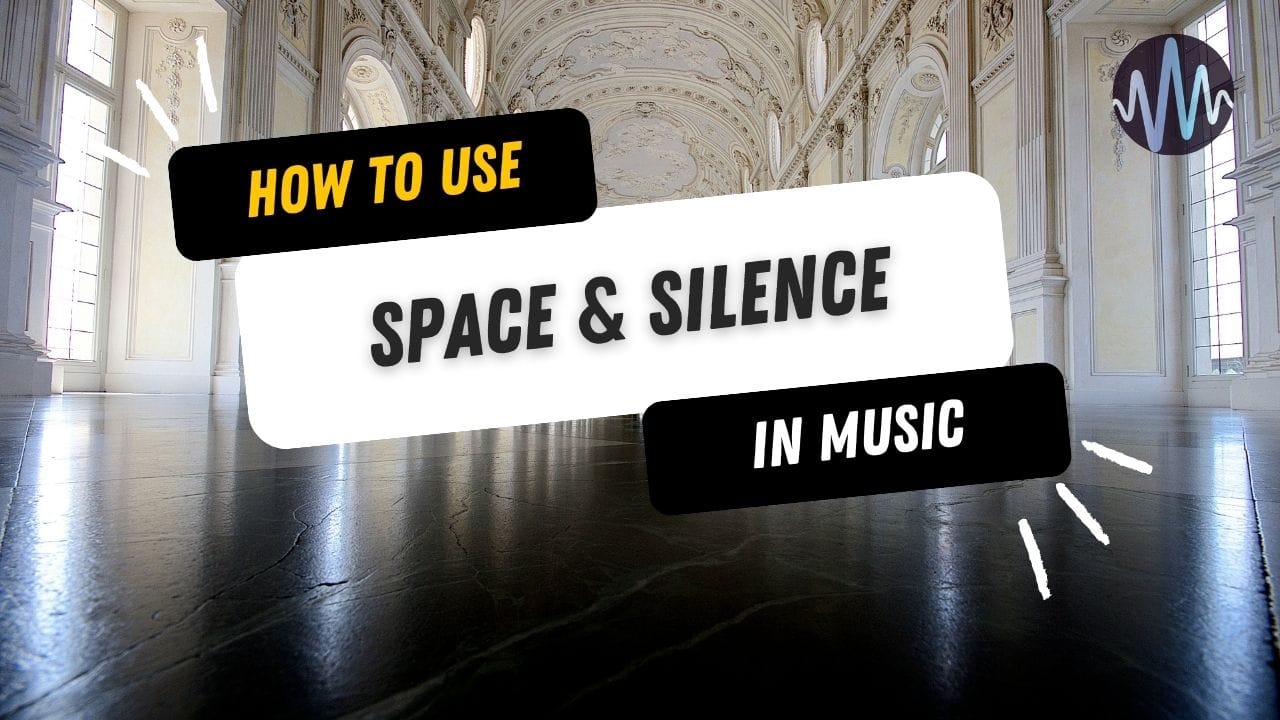
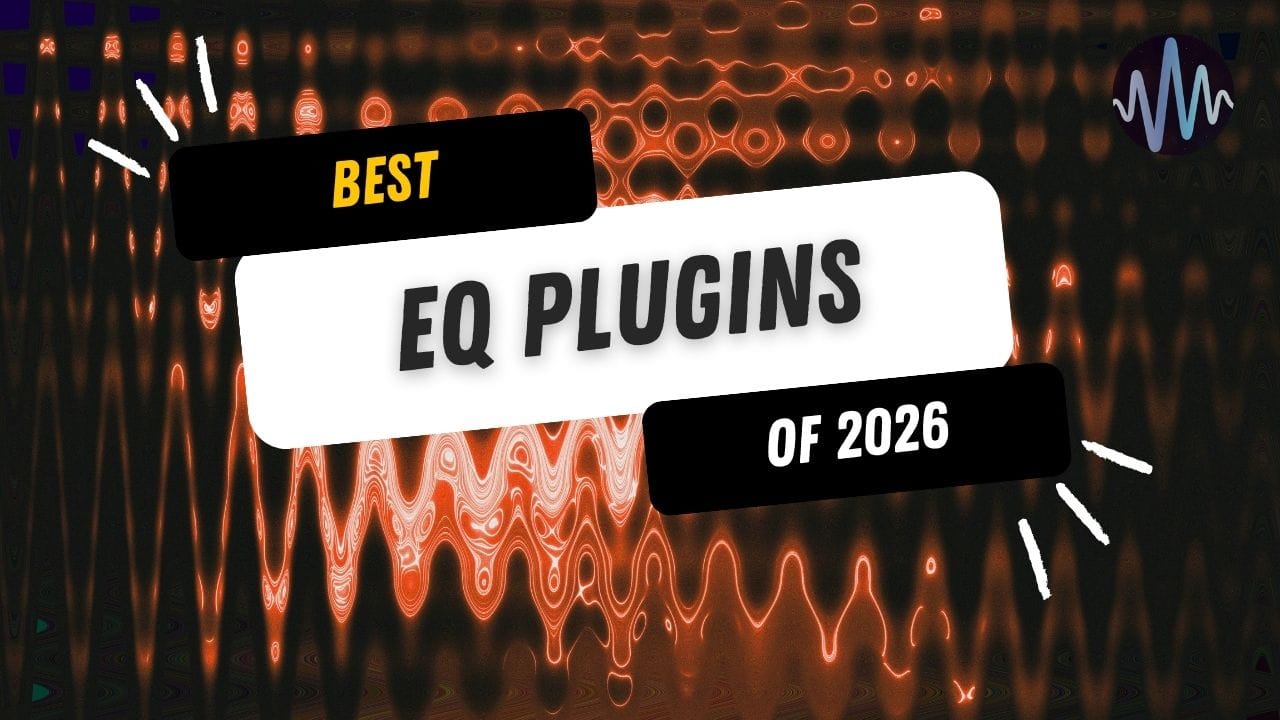
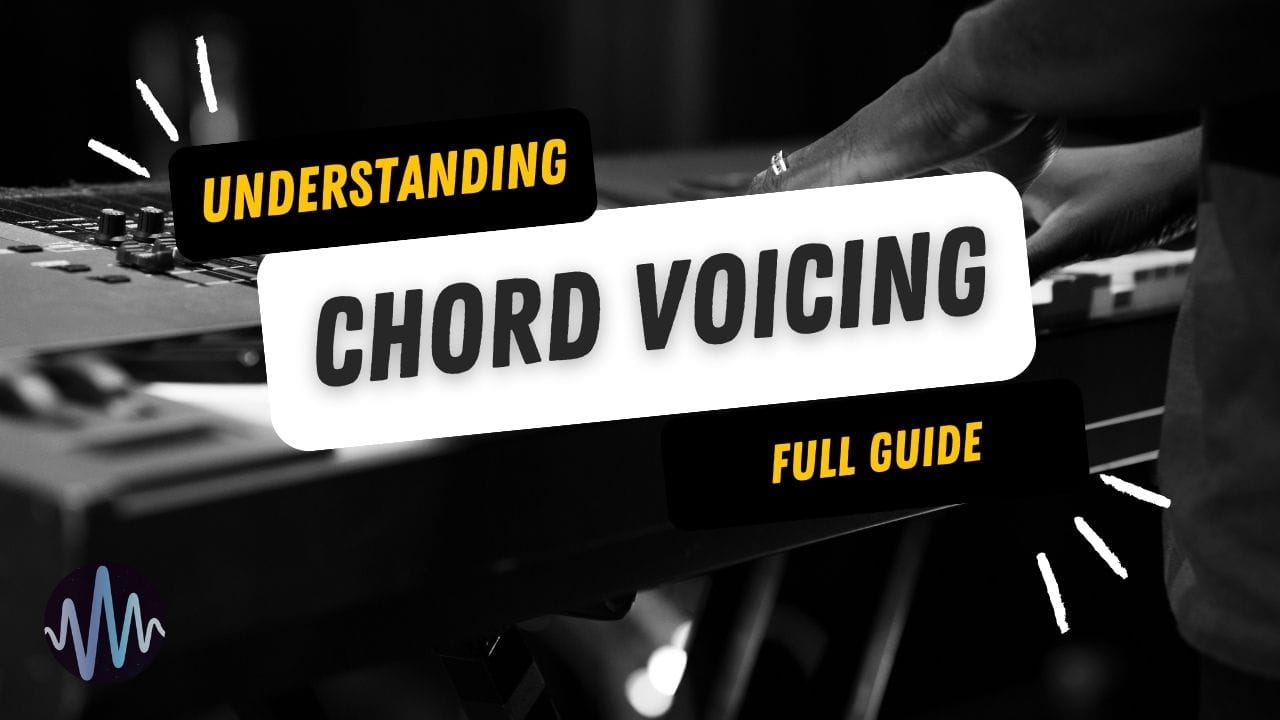
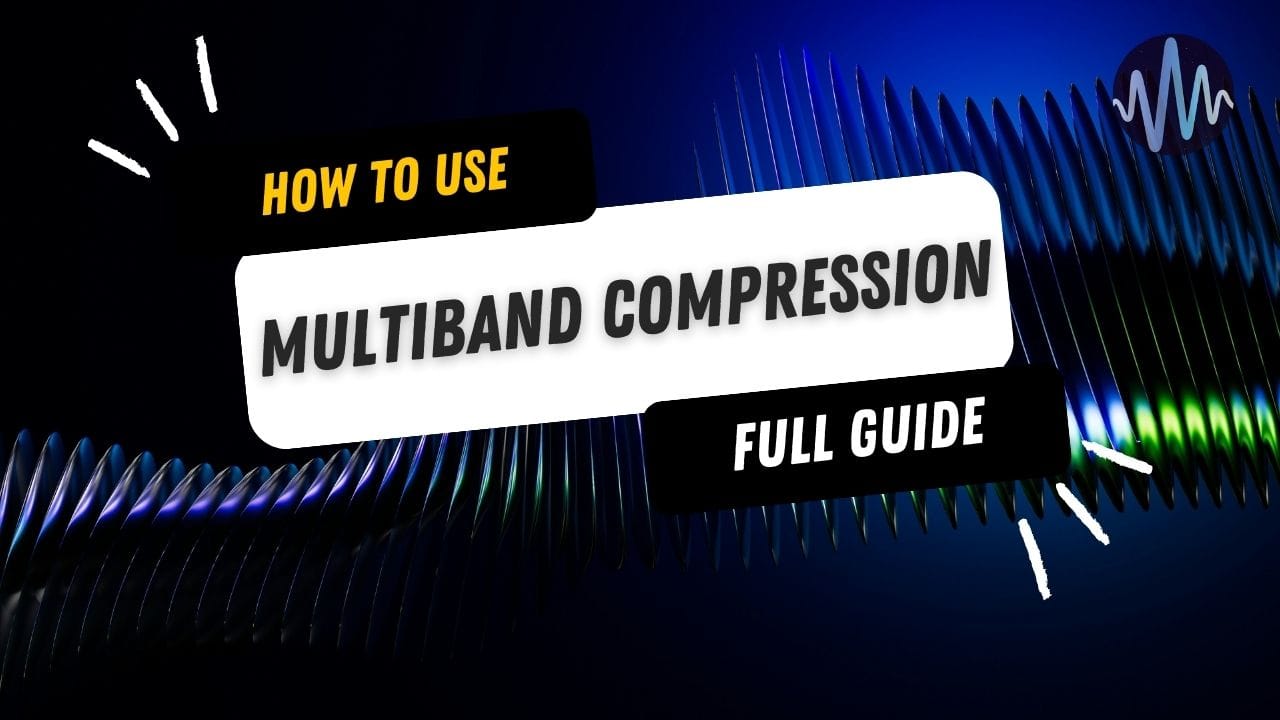
Comments